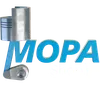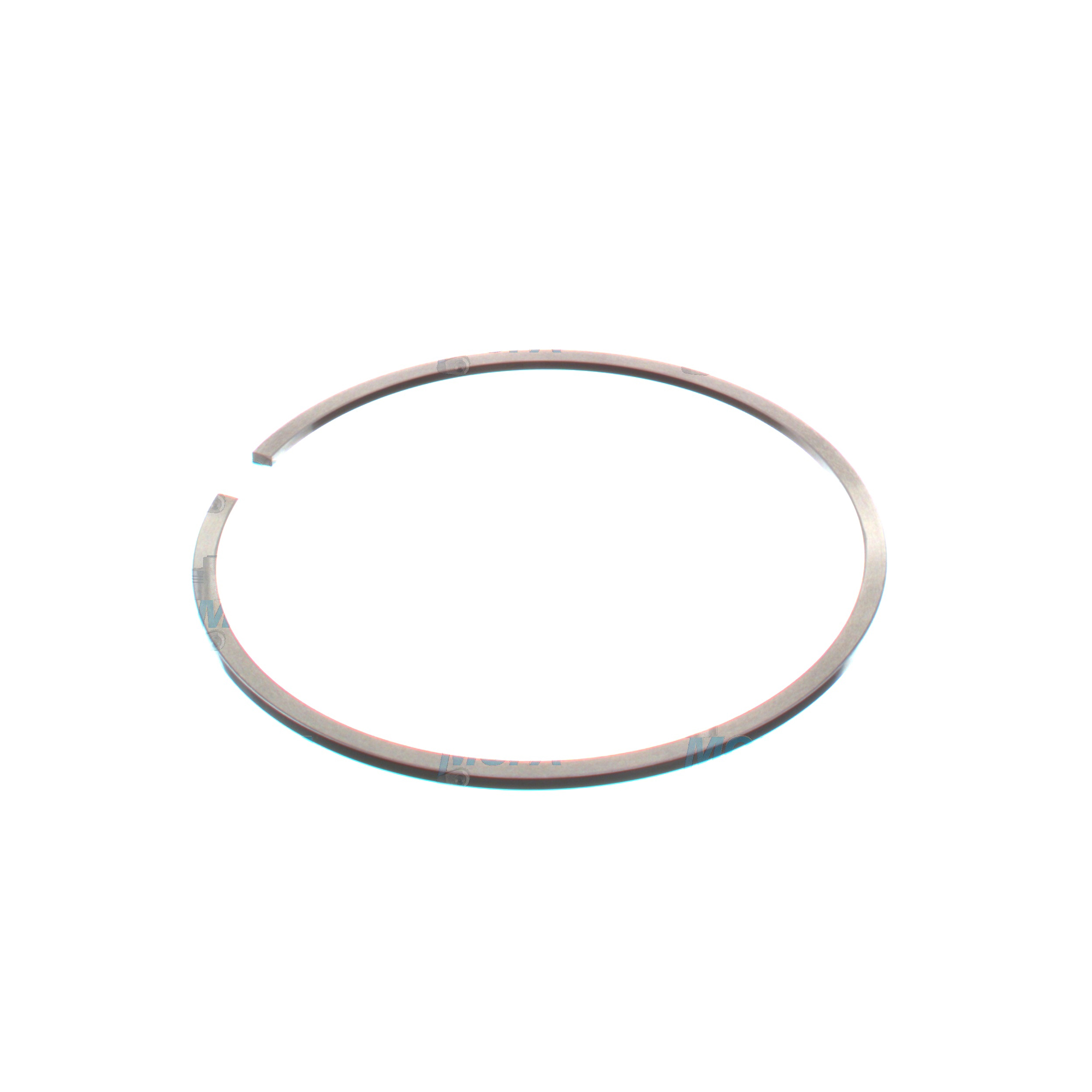KEYSTONE COMPRESSION RING piston rings for marine and diesel engines
Piston rings are precision-engineered sealing components installed on the piston to ensure efficient, reliable, and clean engine operation. As the interface between piston and cylinder liner, they maintain compression, transfer heat, regulate oil, and stabilize piston motion under demanding thermal and mechanical loads. Within this category, the KEYSTONE COMPRESSION RING plays a central role in high-output marine engine and diesel engine applications, where resistance to carbon buildup and stable sealing over long overhaul intervals are critical.
Whether operating a cargo vessel, a power plant, or a heavy-duty generator, decision-makers rely on well-matched piston rings to protect fuel economy, emissions compliance, and uptime. High-quality rings minimize blow-by, reduce lube oil consumption, and safeguard liners and pistons from scuffing and abnormal wear—outcomes that directly impact total cost of ownership.
Technical function of piston rings and the KEYSTONE COMPRESSION RING in a diesel engine
The piston ring pack typically comprises a top compression ring, a second compression/scraper ring, and an oil control ring. The top position is often equipped with a KEYSTONE COMPRESSION RING—featuring a trapezoidal (wedge) cross-section that fits a matching keystone groove on the piston. This geometry allows the ring to resist sticking caused by combustion deposits: as carbon accumulates, the tapered profile promotes self-cleaning movement within the groove, maintaining free ring motion and consistent radial pressure against the cylinder wall.
During combustion, gas pressure acts behind the compression ring, forcing it outward to seal the combustion chamber and upward into the groove flanks. This dynamic seal reduces blow-by and preserves peak cylinder pressure, directly contributing to power density and specific fuel consumption. In marine engine service—especially medium-speed diesel and gas engines—the keystone design preserves reliable sealing even under prolonged high-temperature operation and fuels with higher deposit tendencies.
Beyond sealing, piston rings transfer heat from the piston crown to the liner, manage the lubricating oil film, and stabilize the piston. Face profiles (barrel, taper, or Napier), coatings (chromium ceramic, molybdenum), and ring tensions are tailored to liner finishes and operating regimes. Selecting a KEYSTONE COMPRESSION RING as part of OEM parts ensures the correct keystone angle, ring height, radial wall thickness, end gap, and surface treatment—parameters that are essential for controlled bedding-in, minimal ring flutter, and long-term sealing integrity.
Gas sealing, groove integrity, and materials for KEYSTONE COMPRESSION RING OEM parts
Material grades (e.g., alloyed grey or ductile iron, and in some cases steel for top rings) are chosen for wear resistance, thermal stability, and compatibility with the liner’s hardness and plateau honing. Correct groove clearance and side sealing are as important as face sealing; the keystone profile maintains side contact even as deposits form, preventing ring sticking. Proper ring tension and precision butt-gap geometry limit leak paths, stabilize the ring at high piston speeds, and reduce the risk of scuffing.
- · High combustion sealing with controlled gas pressure behind the ring
- · Keystone wedge profile resists deposit-induced sticking
- · Optimized ring tension for reduced blow-by and stable seating
- · Surface coatings tailored to diesel engine and gas engine liners
- · Efficient heat transfer from piston to cylinder liner
- · Oil control support for lower consumption and cleaner emissions
- · Dimensional accuracy for consistent groove contact and long life
Why piston rings—and the KEYSTONE COMPRESSION RING—are critical for engine reliability
Healthy piston rings safeguard compression, power output, and fuel economy. When rings wear or stick, engines suffer measurable performance losses: elevated blow-by reduces effective compression, increases crankcase pressure, and accelerates oil contamination. Excess oil carryover fouls turbochargers and exhaust paths, raising exhaust temperatures and maintenance frequency. Liner polishing and scuffing can progress rapidly if ring tension, face geometry, or lubrication control are compromised.
For shipowners and plant operators, the consequences are direct: higher specific fuel consumption, rising lube oil usage, unstable emissions, and unplanned downtime. A well-specified KEYSTONE COMPRESSION RING maintains sealing over long service intervals, protects liner surfaces, and preserves predictable overhaul schedules—key drivers of lifecycle reliability and cost control.
Advantages of OEM spare parts suitable for piston rings and KEYSTONE COMPRESSION RING
Using OEM spare parts for the piston ring pack ensures the correct keystone angle, metallurgy, and surface engineering required by the engine design. Dimensional fidelity—ring height, radial thickness, tangential load, and butt-gap—directly influences sealing and liner wear patterns. With OEM parts, face coatings and edge profiles match the intended liner material and honing structure, supporting rapid bedding-in and stable lubrication.
Performance and reliability improve when rings are precisely matched to piston grooves and combustion conditions. OEM spare parts reduce the risk of ring sticking, ring land pounding, or premature face wear, and they help maintain stable compression and oil control for longer. Budget planning benefits from predictable service life and fewer early replacements, while engine availability improves through cleaner combustion and reduced corrective maintenance.
MOPA as your partner for OEM parts: KEYSTONE COMPRESSION RING piston rings
MOPA supplies OEM parts for diesel and gas engines with a focus on speed, quality, and security. Our network enables fast sourcing of KEYSTONE COMPRESSION RING configurations and complete piston ring packs suited to a wide range of marine engine platforms. Each item is aligned to the required drawings and specifications to support consistent performance in service.
From urgent deliveries to planned overhauls, MOPA emphasizes reliable lead times, thorough documentation, and careful handling. Technical decision-makers value our ability to cross-reference part numbers, supply matching ring sets, and ensure that ring profiles, materials, and coatings fit the intended duty cycle—helping protect your engine, schedule, and budget.
Conclusion: piston rings and KEYSTONE COMPRESSION RING value
Piston rings are fundamental to combustion sealing, efficiency, and engine longevity. A correctly specified KEYSTONE COMPRESSION RING preserves motion in the groove, sustains compression, and resists deposit-related sticking in marine and diesel engines.
Choosing OEM spare parts suitable for piston rings ensures accurate geometry, proven materials, and long service life—translating into dependable performance, controlled costs, and fewer operational surprises.








